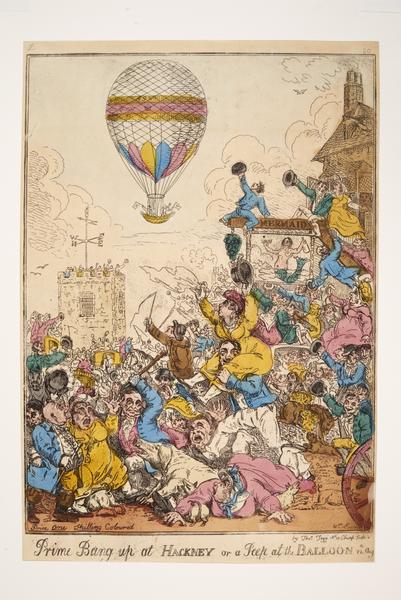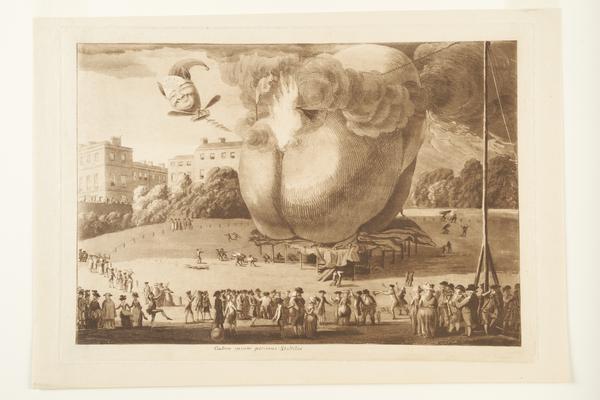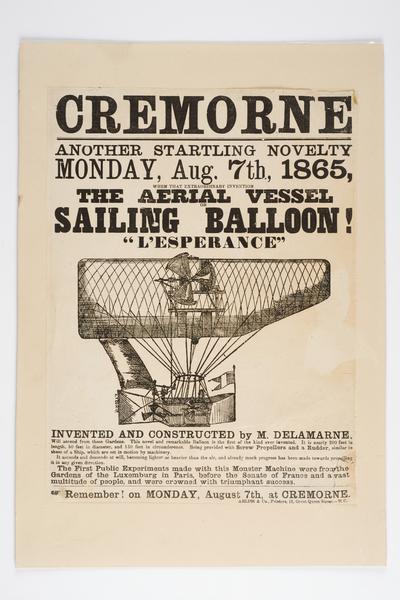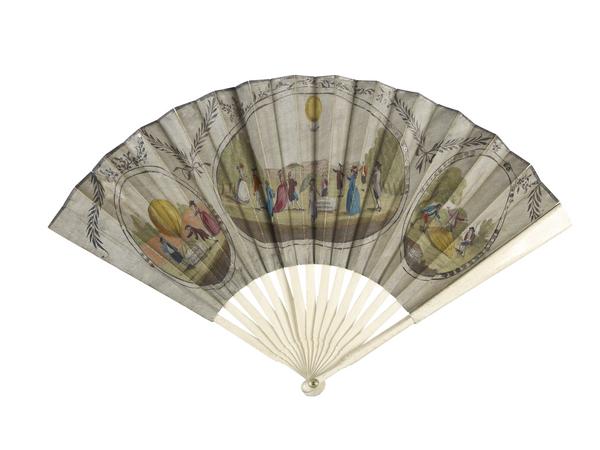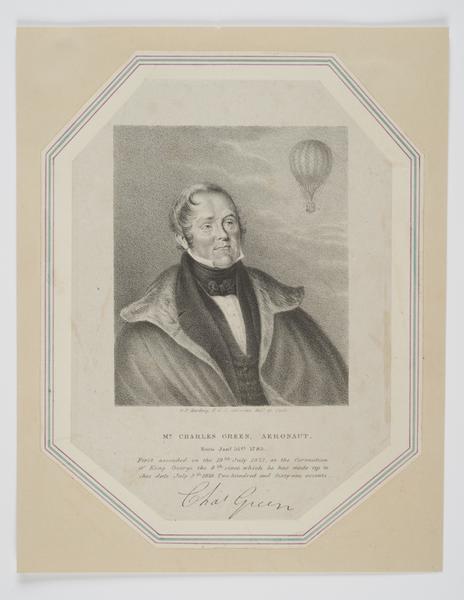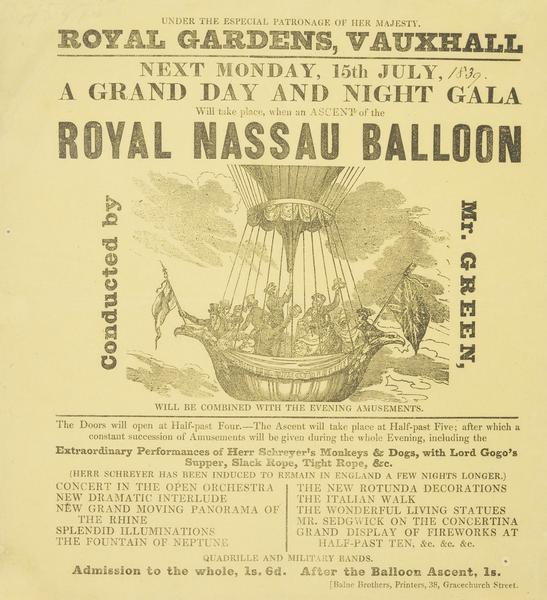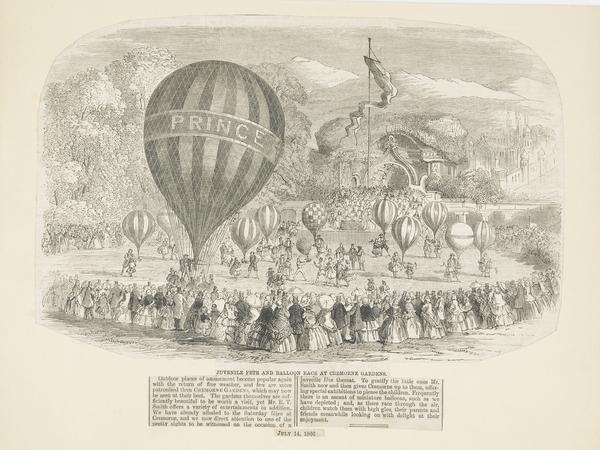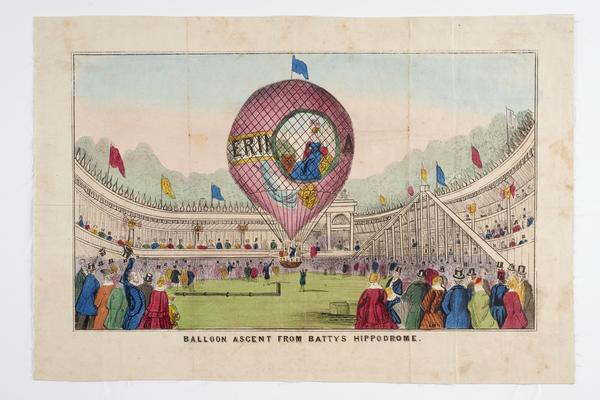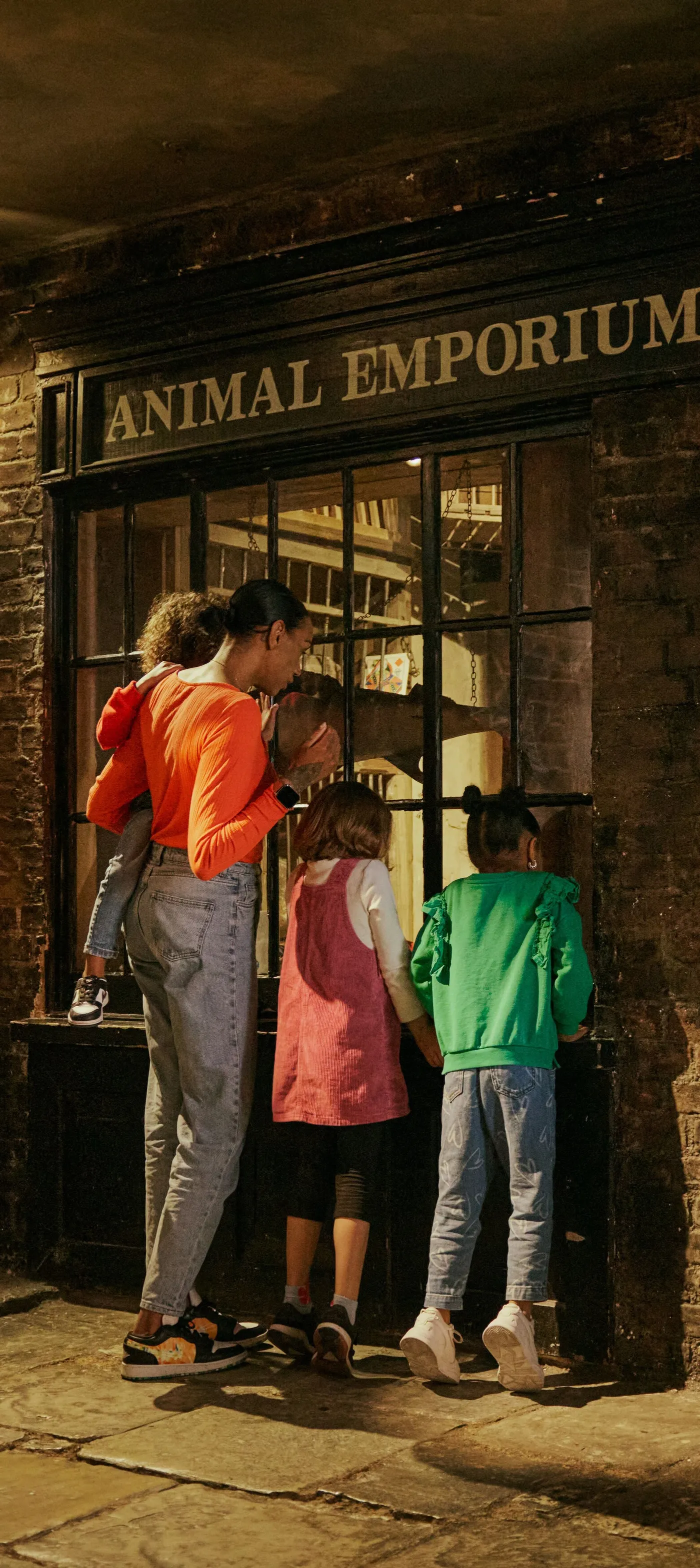When London was swept up in balloon mania
In November 1783, the first successful manned balloon flight sailed over Paris for 25 minutes. Humans had done the impossible and ‘balloon mania’ quickly gripped London. For the next 100 years, the city was a hotbed of enthusiasm for bigger and better balloons.
Around 1780–1900

Balloon mania reaches London – but fails to take off at first
Londoners endured many failed balloon attempts in the early days. This cheeky satirical print makes fun of one event in Marylebone in 1784 when the balloon went up in flames. The same year, another balloon failed to inflate and caught fire in what’s now Belgravia. Things turned sour and the angry spectators rioted, destroying a nearby tea house.
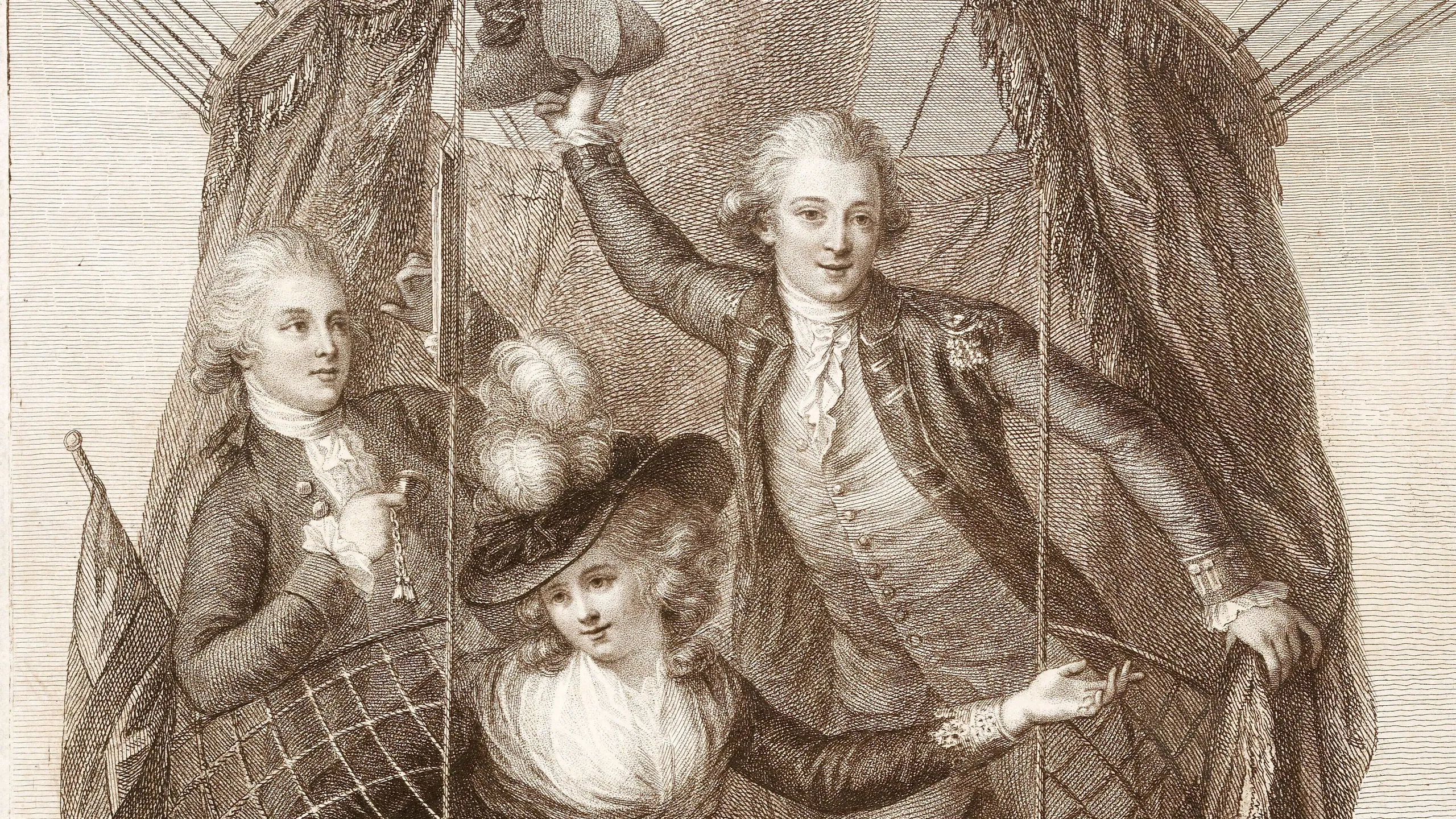
Vincenzo Lunardi reaches the sky
In September 1784, Italian aeronaut Vincenzo Lunardi achieved England's first successful flight when he floated from Moorfields in London to Hertfordshire, accompanied by a dog, cat and pigeon. His balloon was kept afloat by a highly combustible gas known then as ‘inflammable air’. Today, we call it hydrogen. The balloon was later exhibited at the Pantheon in Oxford Street.
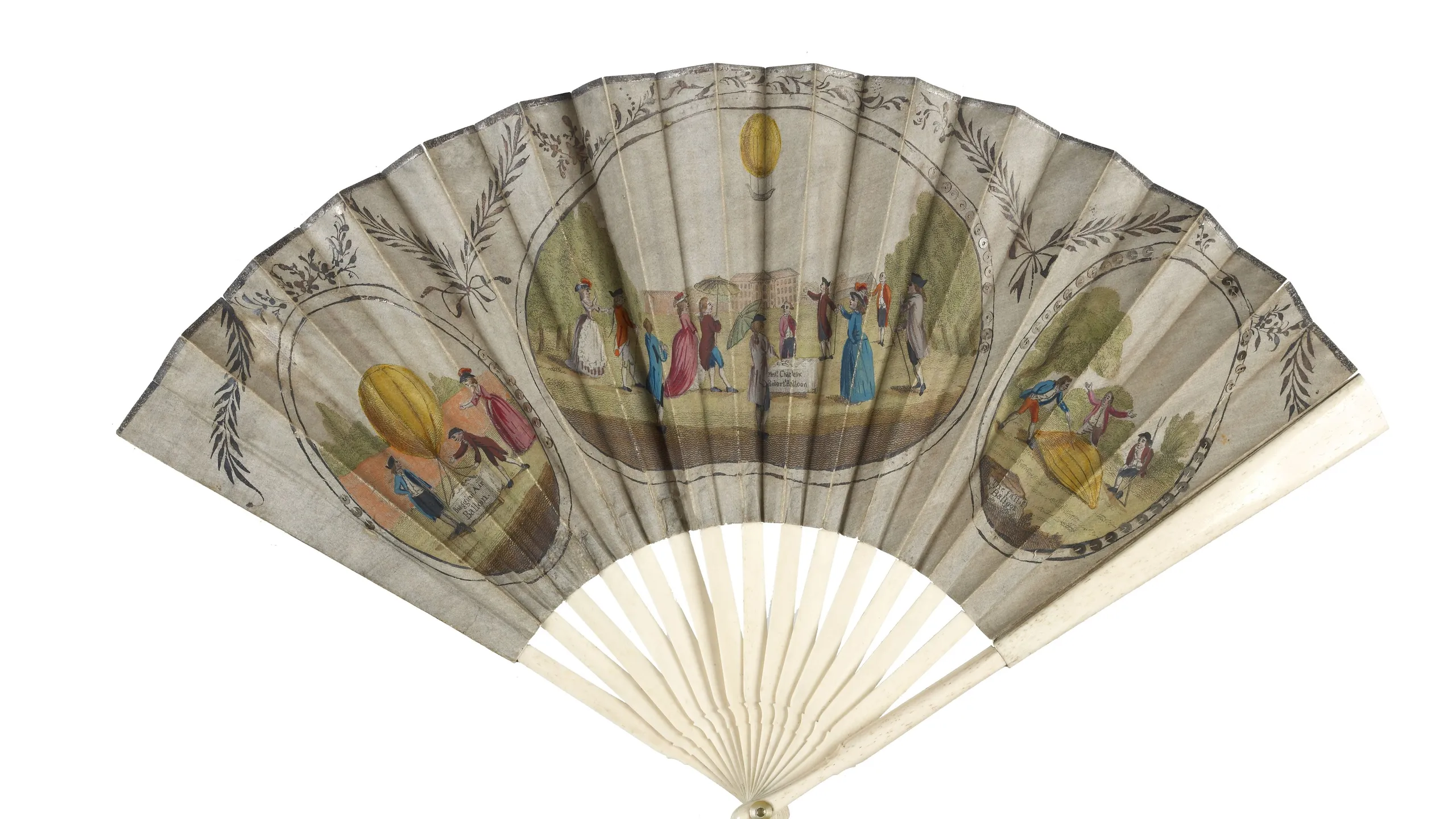
The balloon craze takes flight
Lunardi, who was known as ‘The Daredevil Aeronaut’, became a celebrity overnight. His balloon launches were attended by thousands. People sang balloon ballads and bought balloon-themed souvenirs, like this fan. “Balloons occupy senators, philosophers, ladies, everybody”, said writer Horace Walpole in 1785.
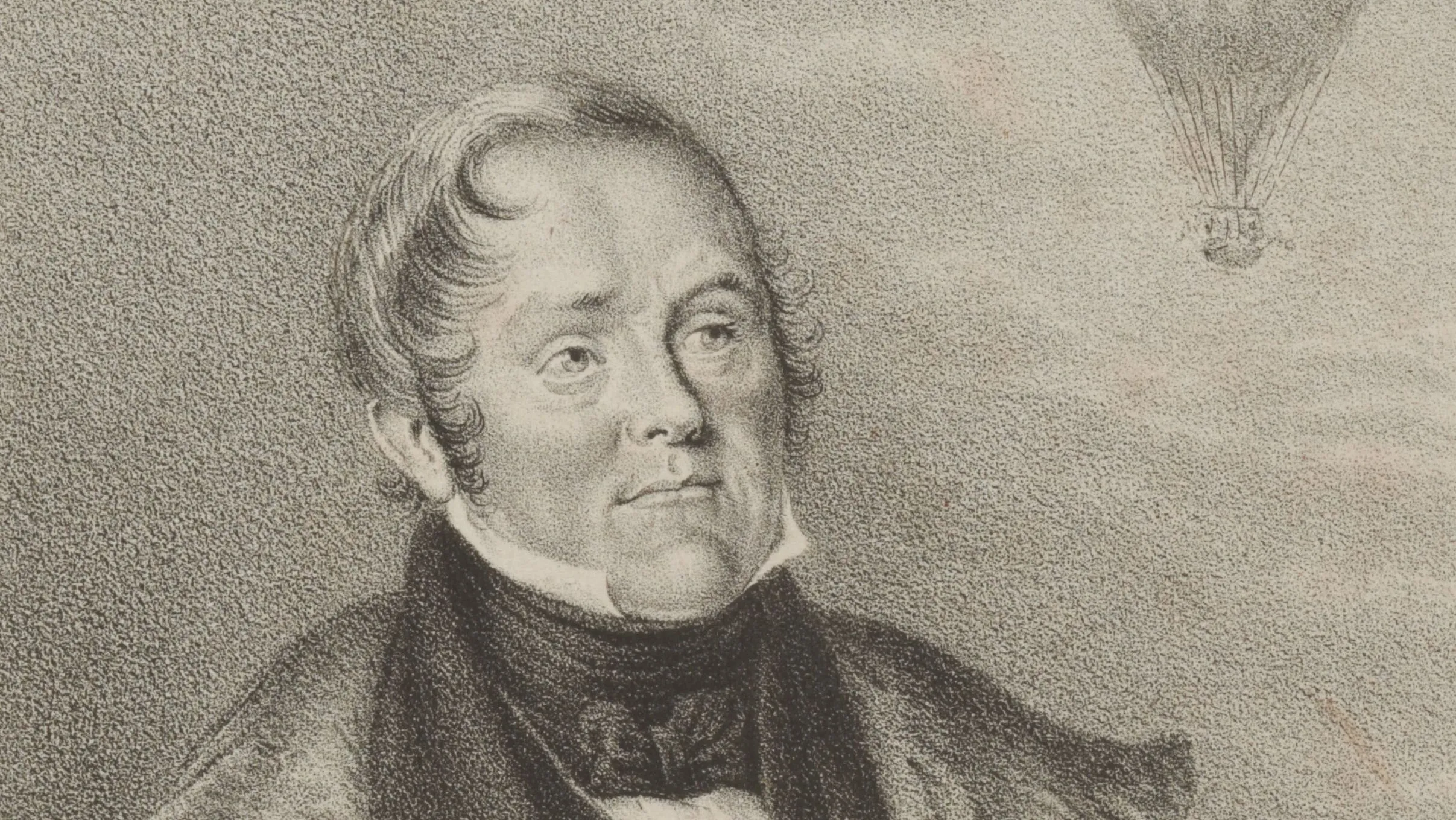
Charles Green the balloonist
London-born Charles Green helped keep the city’s love of balloons alive in the 1800s. He experimented with using coal gas instead of expensive hydrogen, which became the industry standard. In 1386, he travelled from Vauxhall Pleasure Gardens to Germany by balloon, achieving a long-distance record not broken until 1907. It’s thought he made at least 500 flights before retiring in 1852.

Pleasure garden spectacles
In the 1800s, balloon ascents and races were popular attractions at pleasure gardens. These were parks where Londoners drank, danced and enjoyed a range of entertainment. Vauxhall pleasure gardens was one of the main sites for balloon ascents. But others, like Chelsea’s Cremorne and Ranelagh gardens, also stepped up their game to compete for visitors.
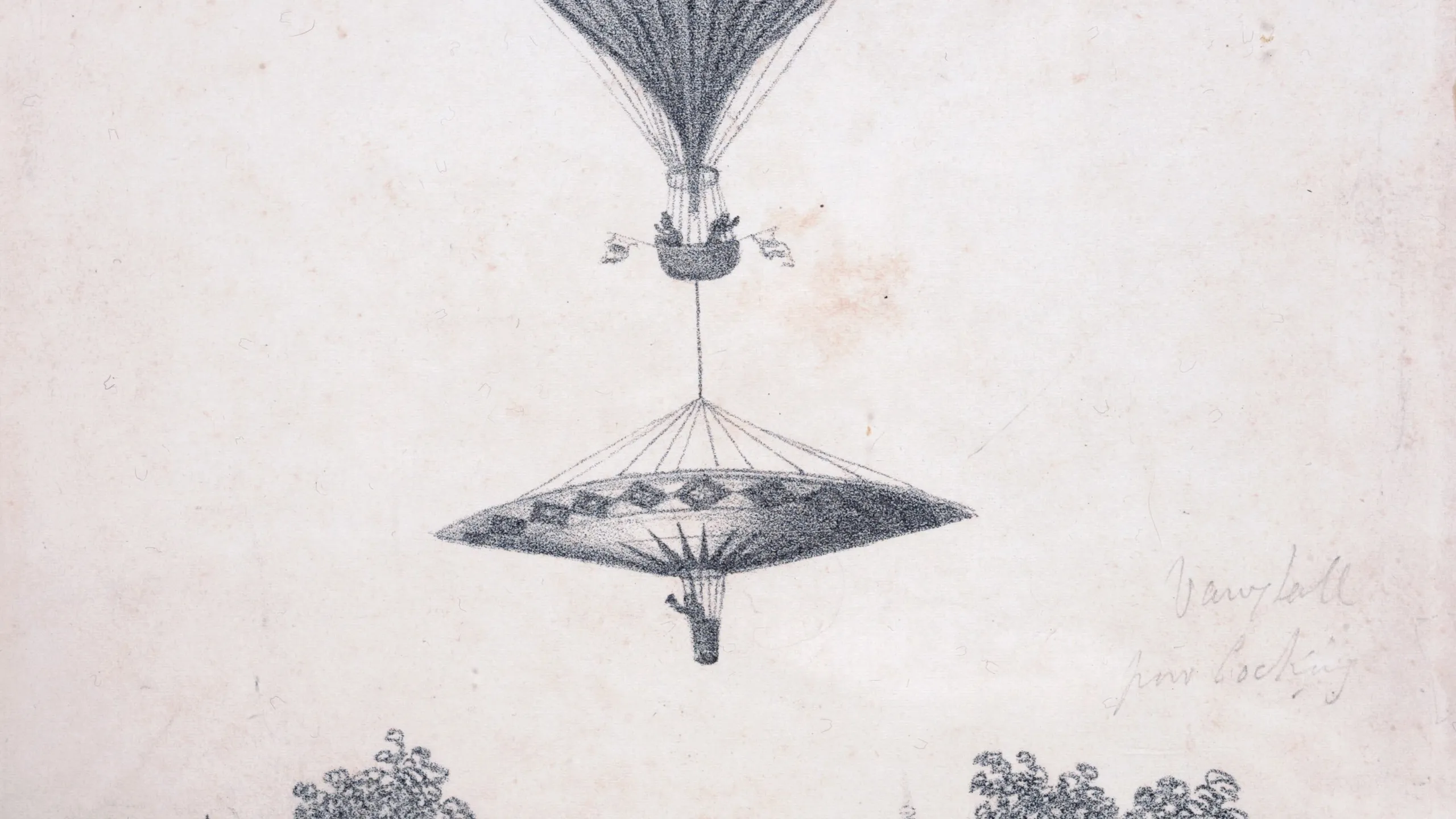
Ballooning wasn’t without risks
A number of balloonists were seriously injured or killed when things went wrong. In 1837, balloon enthusiast Robert Cocking tested a parachute which hung underneath his balloon to stabilise it. Cocking and the parachute crashed to the ground, and he died in the accident. The press covered his death extensively. Still, ballooning at Vauxhall Gardens continued to grow in popularity.
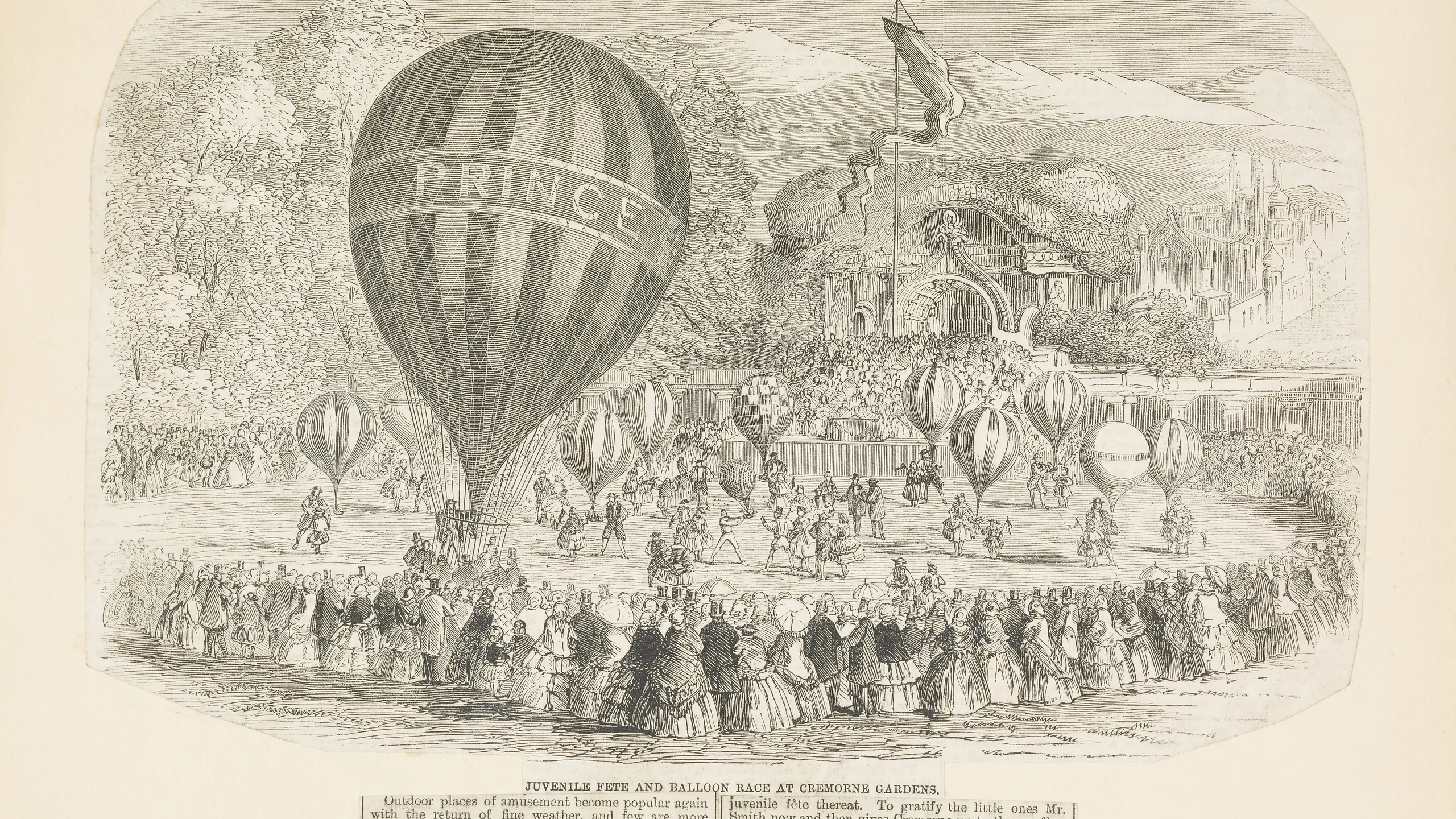
Balloon businesses were set up in London
The UK’s two major balloon manufacturers were based in London. The son and the grandsons of Edward Spencer, an assistant to Charles Green, all set up balloon-making companies in north London in the 1800s. And in 1906, the Short brothers moved their business from Sussex to a railway arch in Battersea. They mostly built balloons for the Aero Club, an organisation that championed air sports.
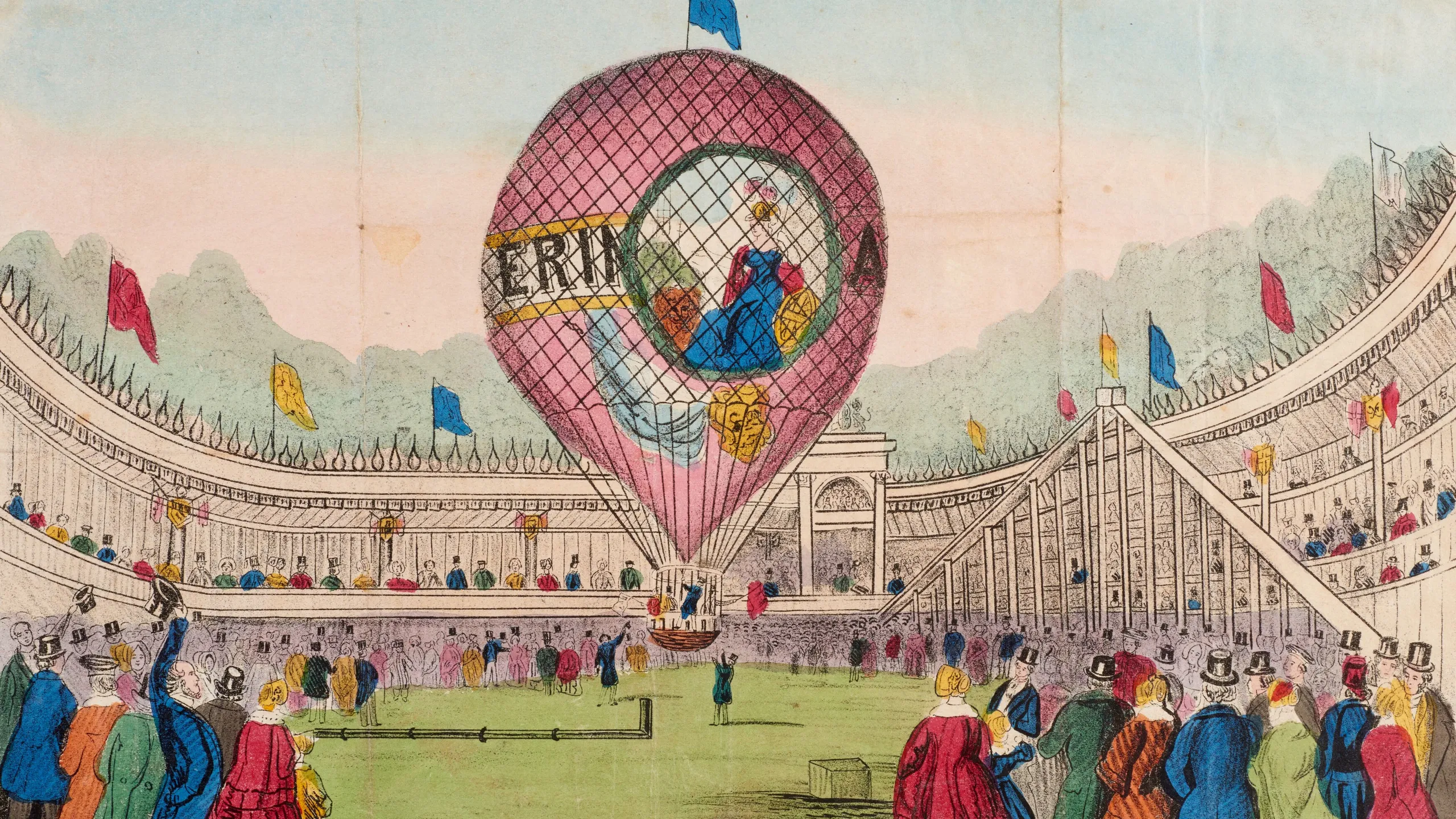
The craze had died out by the 20th century
Balloon ascents fell out of fashion towards the end of the 1800s. Attention turned to new modes of flight, like steerable powered airships. But ballooning was still a popular sport among a minority in south-west London in the early 1900s. In 1906, the Aero Club organised their first official balloon race from Barnes, and in 1908, the first international race took place in Fulham.

